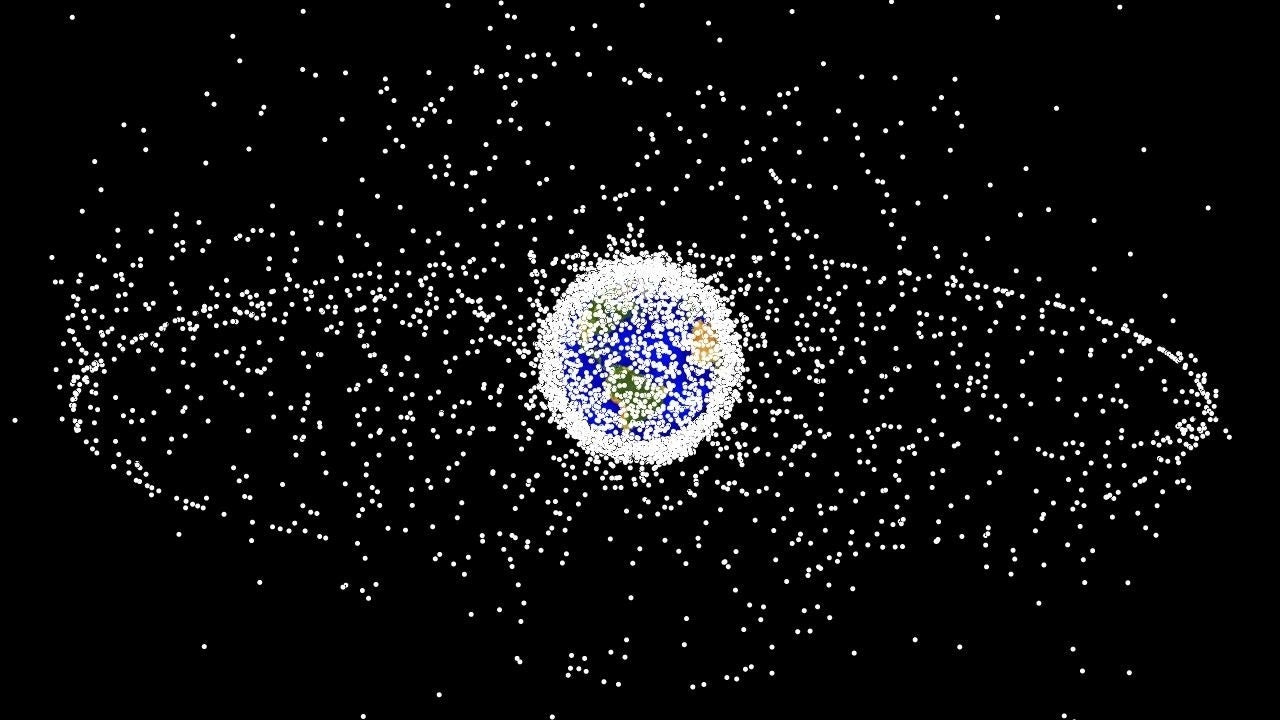Space Junk to Hinder Stargazing and Hunt for Alien Life | Weather … – The Weather Channel

Space Debris
(IANS)
Like a lot of things on Earth, we take the view of the thousands of sparkly stars lighting up the night sky for granted. But what if we told you that the days we had left with them were numbered?
The increasing number of satellites and other space junk littering the skies have been covering up the stars, and a recent report indicated observing the cosmos or finding alien life might become difficult as early as the end of this decade.
Since 2019, the number of satellites crawling across the night sky has increased four-fold to over 8000 – and this number will only continue to rise as the global space industry flourishes. In fact, 400,000 satellites have already been approved globally for low Earth orbit, with Elon Musk’s SpaceX alone set to launch another 44,000 for its Starlink internet constellation.
But such satellites reflect sunlight down to Earth, leave bright streaks of light as they drift and even interfere with sensitive radio telescopes, causing a lot of trouble to astronomers trying to view the sky.
“If you just went out in a dark place somewhere and looked at the sky in 2030, it would be a very macabre scene. The sky will be crawling with moving satellites, and the number of stars that you would see are minimum, even in a very dark sky. It’s a major issue,” Tony Tyson, professor of physics and astronomy at the University of California, told The Independent.
Meanwhile, at a conference held by the Royal Astronomical Society (RAS), the UK Space Agency and the Department for Business, RAS’s deputy executive director Robert Massey said that it would become increasingly hard to monitor “signals from other civilizations”, let alone detect the origin of life in a clogged sky. It is a direct attack on the natural landscape if satellites comprise about 10% of night sky stars.
The report also highlighted the consequences of leaving these satellites in orbit after they stop being functional. An estimated 16,000 decaying internet satellites will need to come out of orbit at one time.
“They will cause re-entry fireballs. If we really believe the numbers of how many are going to be falling, that’s about 60 every day, and that’s much brighter than magnitude 7 (the faintest starlight visible with the naked eye), so they can cause troubles with all those observations,” said Ken MacLeod, an expert on the subject.
**
For weather, science, space, and COVID-19 updates on the go, download The Weather Channel App (on Android and iOS store). It’s free!




